Rebecca Bathurst-Hunt gave a really great and inspiring presentation about how inquiry can be used in an elementary school. I really liked how she opened the floor to her students and encouraged them to think about their “wonderings.”
She talked about using Ada Twist books, such as “Ada Twist Scientist” by Andrew Beaty, to spark curiosity of children and introduce them to inquiry concepts. She talked about how it is important to provide the right environment for children to ask questions as not all kids have their questions ready right away. An important takeaway I had was the idea that one of the most powerful shifts you can do in adopting inquiry into your practice is to begin learning with questions. It shifts the power! For example, “What are shapes? Can you point out any shapes?” Etc. Inquiry CAN be teacher driven for younger students. It can start out structured and the teacher can gradually release responsibility depending on the situation and the learners.
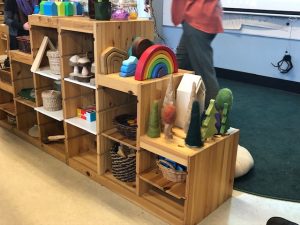
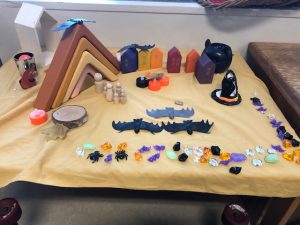
Her classroom was such a warm and vibrant environment, and really made me feel like the students had a myriad of opportunities to explore in their learning and use their imaginations. As well, Rebecca talked about various ways to honour the children’s questions. Some examples are using a Wonder wall, which ensures all voices are heard, using a Curiosity jar, Wonder journals, clipboards, and iPads or different modes of technology to express their inquiries and explore in their learning.
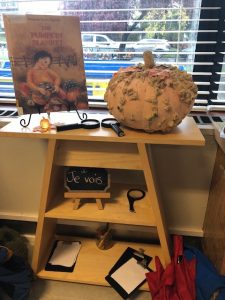
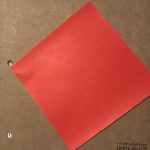
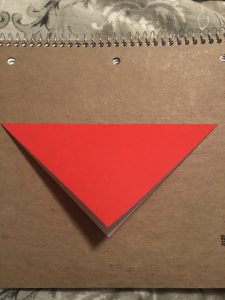
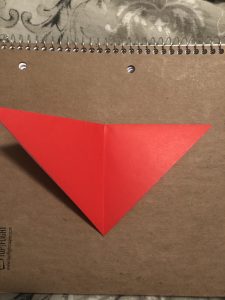
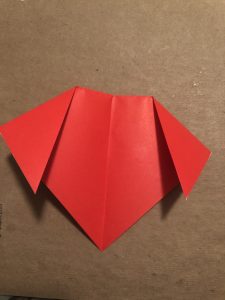
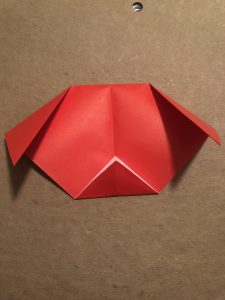
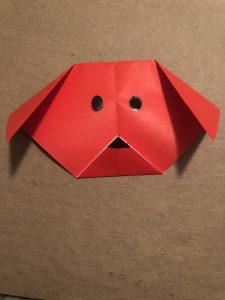
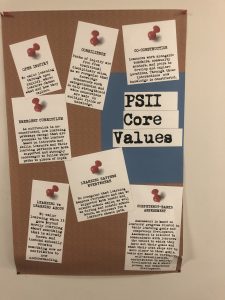
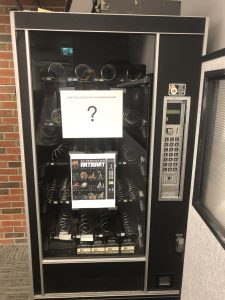

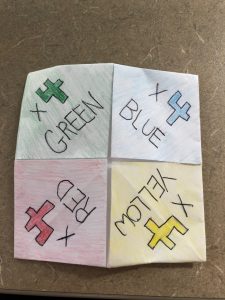 For my free inquiry project, I have decided to learn how to make origami! Over the years working with children, I have had many requests to make origami and paper planes and the like, and I have always been practically useless in helping the children with their creations. I remember being taught how to make a frog at one point, as well as a few other creatures, but none of it has stuck with me.
For my free inquiry project, I have decided to learn how to make origami! Over the years working with children, I have had many requests to make origami and paper planes and the like, and I have always been practically useless in helping the children with their creations. I remember being taught how to make a frog at one point, as well as a few other creatures, but none of it has stuck with me.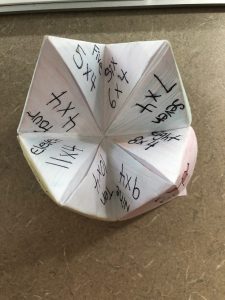 When we were asked to come up with a free inquiry topic for this course, a few ideas came to mind, but in the end, I thought it would be really satisfying to make something with my hands and increase my origami repertoire. Along the way, I am hoping to look into the various creative ways origami has been used with children in classrooms and in other ways.
When we were asked to come up with a free inquiry topic for this course, a few ideas came to mind, but in the end, I thought it would be really satisfying to make something with my hands and increase my origami repertoire. Along the way, I am hoping to look into the various creative ways origami has been used with children in classrooms and in other ways.
Recent Comments